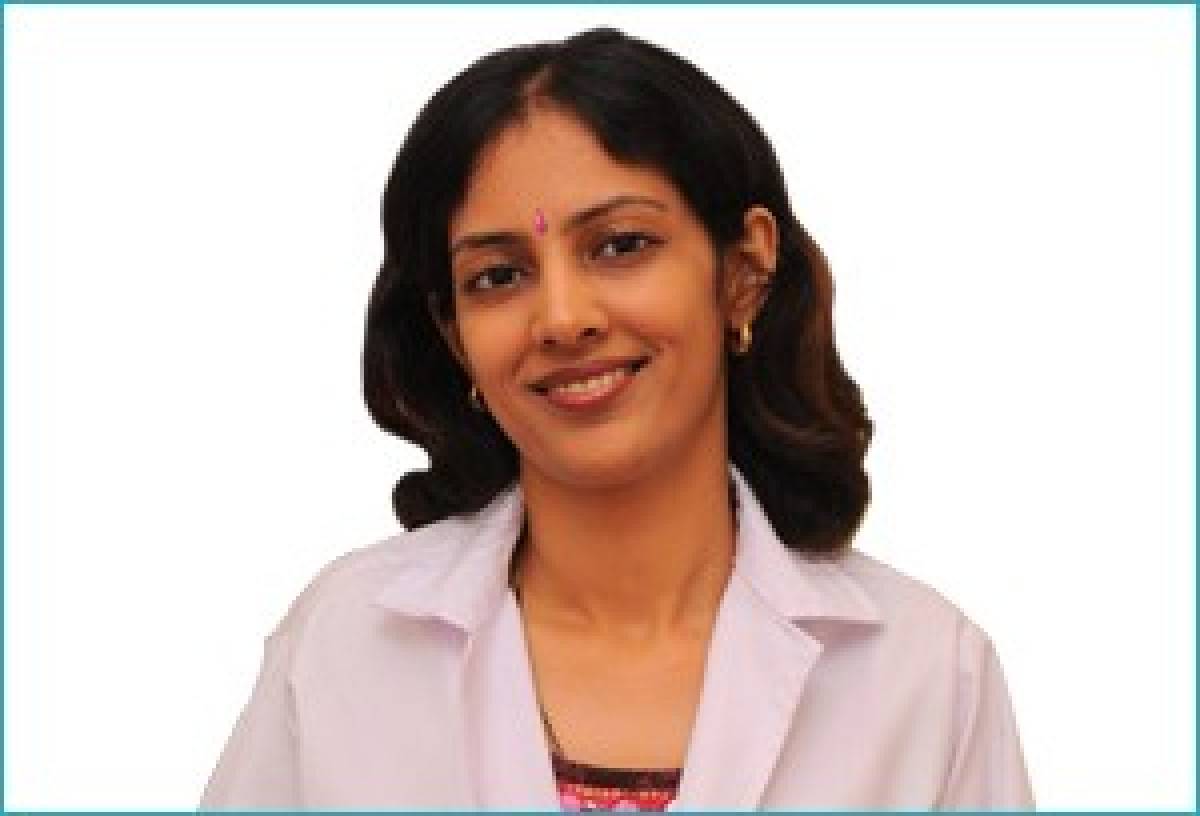Consult The Best Dermatologist In Mumbai.

The Esthetic Clinics – are always staying up-to-date with the latest advances in the field.
The demand for top-quality dermatological services is on the rise, and a lot of people will put in significant effort to consult with the best dermatologists in India. A dermatologist, of course, attends to cases of skin defects in a bid to help patients regain healthy skin. But that’s not all; it is also within the scope of a dermatologist’s job functions to treat or manage conditions affecting the hair and nails – they are somewhat connected to the skin, by the way. Top dermatologists – like those at The Esthetic Clinics – are always staying up-to-date with the latest advances in the field, and this is despite the wealth of experience and knowledge that they might have garnered over the years.
So, what does it take to qualify as a dermatologist in Mumbai?
The journey to becoming a top dermatologist in the mold of renowned Dr. Rinky Kapoor of The Esthetic Clinics begins with a step – and that’s enrolling in an accredited medical school to obtain an MBBS degree. The individual will then proceed to study a dermatology course for about 3 years before going for the residency to practice as a dermatologist under the supervision of an already established dermatologist. All of these can take a minimum of 10 years to complete, and the dermatologist can back up your license – which is the permit to practice – with a Board certification. Furthermore, an already licensed dermatologist can go for some fellowship programs to further hone his/her skills, or gain more knowledge on the practical front. Along with Dr. Rinky, Dr. Debraj Shome has consistently trained several dermatologists and cosmetic doctors alike through their detailedly designed fellowship program.
What are the subspecialties in dermatology?
A dermatologist may choose to major in one or more subspecialty area(s) – although there are those who practice as general dermatologist. The major subspecialties in this field are thus discussed below:
Paediatric dermatology: As the name already suggests; dermatologists in this area attend to infections or defects affecting the skin, hair, and nails of children.
Dermatopathology: The specialists in this subfield have acquired skills and knowledge in dermatology and pathology, and they are well-versed in using skin biopsy to solve pathological concerns. Also, dermatologists in this category can conveniently diagnose skin cancer.
Cosmetic dermatology: Cosmetic dermatology primarily revolves around improving the appearance of the skin. The cosmetic dermatologist is, therefore, a specialist who is equipped to use a range of (cosmetic) procedures to bring about a positive change in aesthetic outlook. Some of these procedures include cryotherapy, laser treatment, dermabrasion, dermal fillers, and Botox to mention just a few.
Mohs surgery: There are dermatologists who are able to perform specific surgical protocols – like Mohs surgery which is a subspecialty on its own. This is basically about using a microscope and some other relevant tools to excise cancerous tumors from the skin.
How should you prepare when going to see a dermatologist?
Having gotten an insight into what the dermatologist’s work – and qualification – is like, you should know what to look out for when going to see one. But then, what do you need to do on your end? Well, it is presumed that you are going to the dermatologist’s office to communicate a medical concern so you should be ready to provide or prepare the following:
- Your medical history
- A list of the symptoms you are having
- The medications you’re taking


